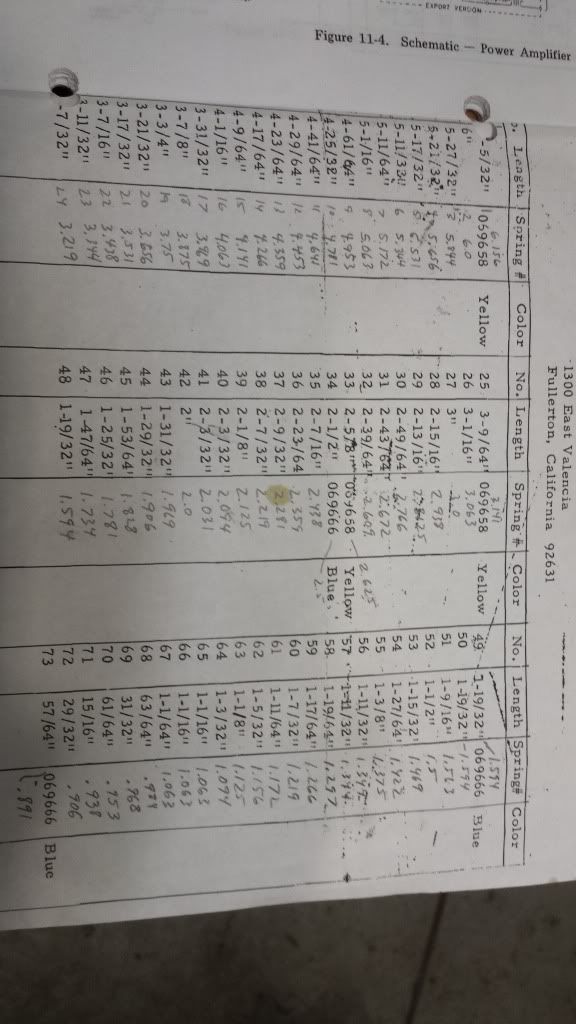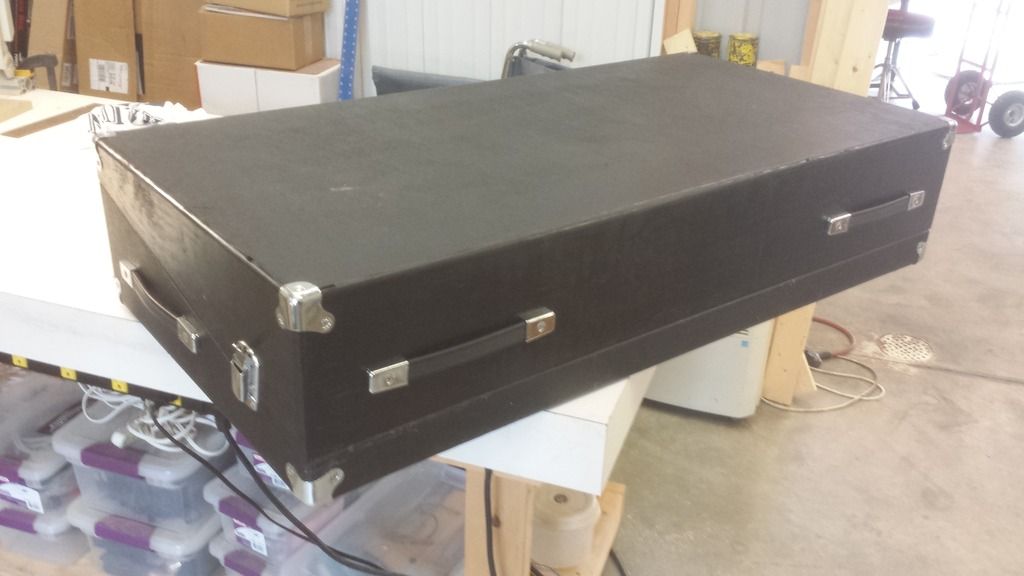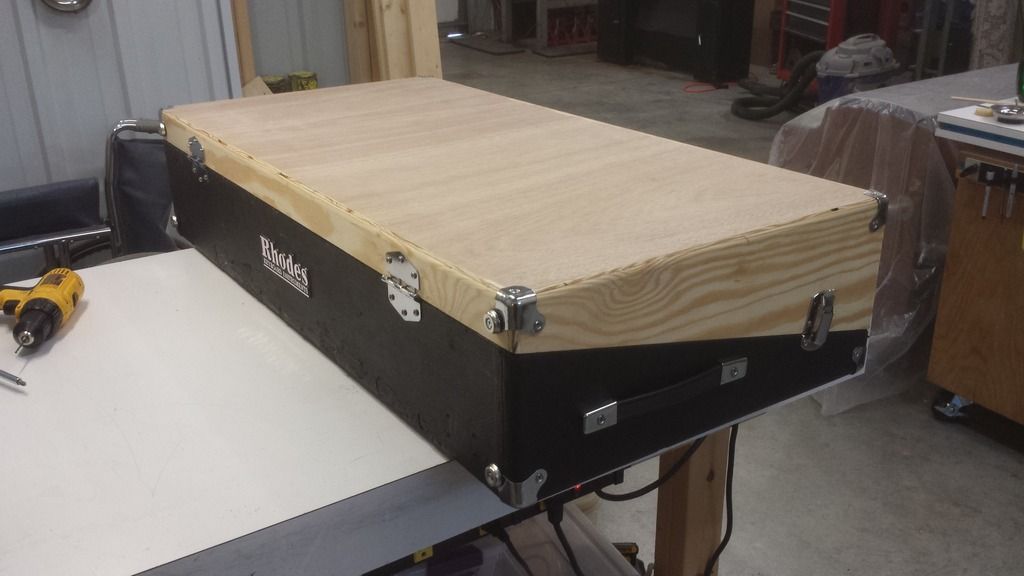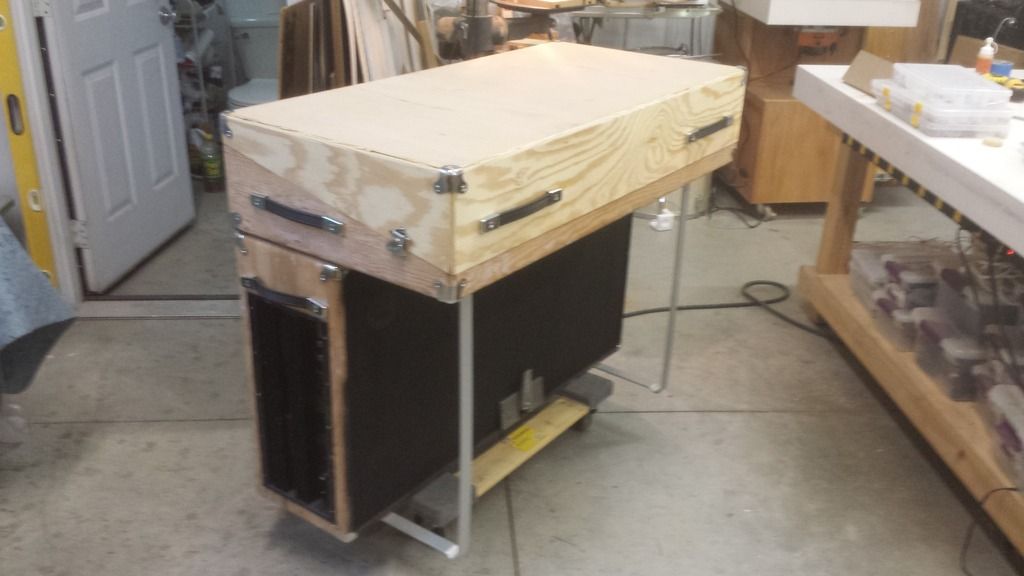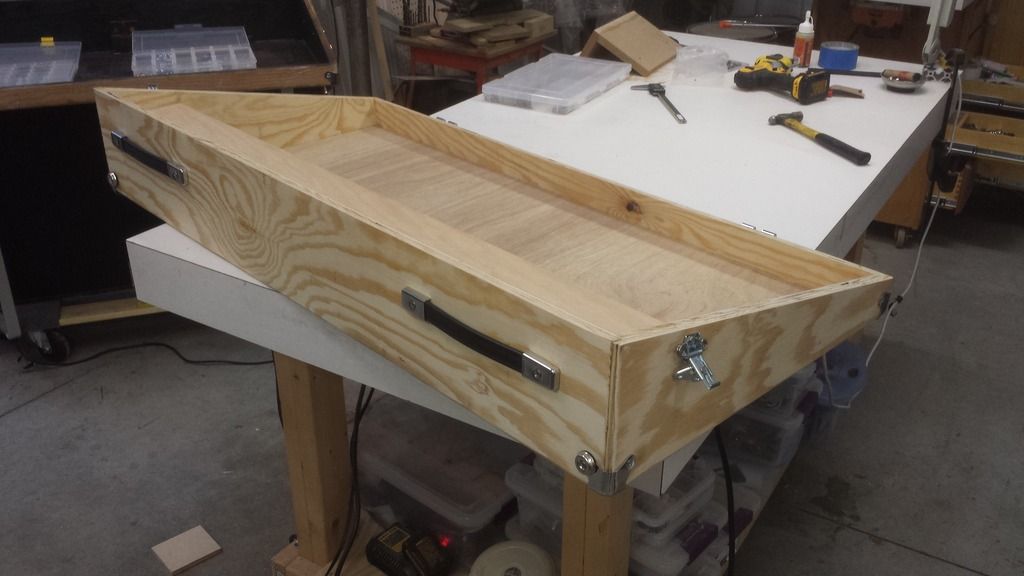Quote from: MusicalBox on December 04, 2020, 05:57:28 AM
Thanks for the input voltergeist & mvanmanen.
In case anyone is interested:
I ended up buying it for about $2126 even though it needs new hammer heads, hammer rest felt and setup. The Rhodes doesn't pop up often on the market here in Copenhagen, even less in Iceland where I will be transporting it eventually. That's how I rationalize the price to myself at leastThe seller bought it in 2014 for about $2355 and he wasn't in a hurry to get rid of it for way less so if I was going to make my Rhodes dream a reality this was the price it took. I don't think I will be regretting the purchase
Congrats! I think you did ok. Given your geography you may have done more than ok. At any rate, you got yourself a very nice piano.


